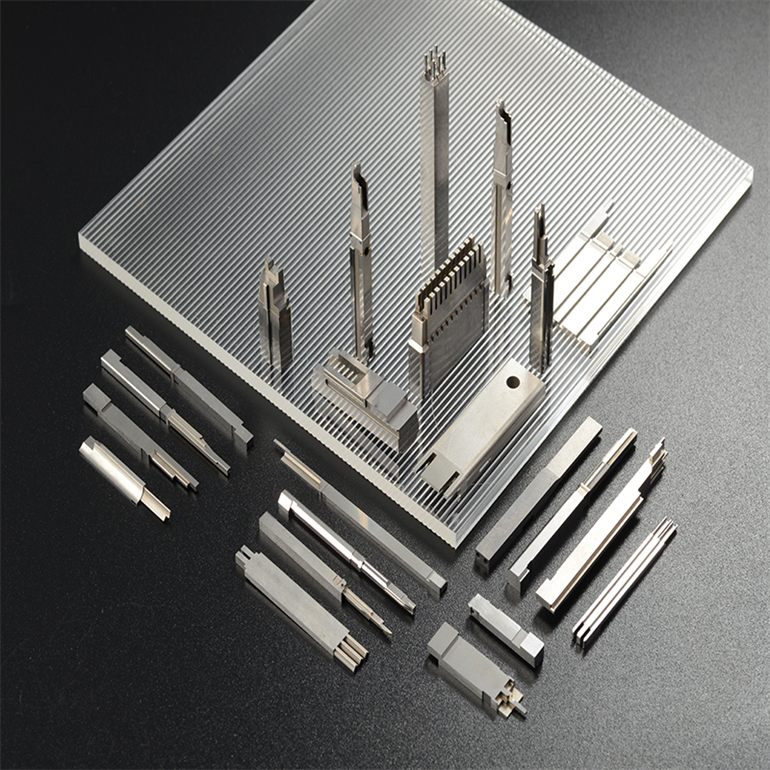What is electric discharge machining? Electrical discharge machining, commonly known as spark machining, wire corrosion or spark corrosion, is a non-traditional machining process that relies on electrical discharge (or electrical spark) to remove material particles from workpieces made of conductive materials, such as steel, titanium, aluminum, brass, etc. The process is particularly suitable for producing complex or fine holes and features in metal parts, as
EDM Machining is able to achieve tolerances in the +/- 0.005 mm range, thus providing high accuracy
Types of electrical discharge machining It is worth noting that discharge machining itself is a category of processing technology. Edm is divided into three sub-types: wire-cut EDM, insert-milling EDM and quick-hole EDM. While these processes have a lot in common - including the need for dielectric fluids, conductive workpieces, and power supplies - their main distinguishing feature is the type of electrode tool used.
Application of electric discharge machining As with any manufacturing process, there is a time and place for electrical discharge machining, so it is important to understand when the process is most beneficial or necessary. For example, parts that require standard diameter and shallow depth holes can be easily machined using a standard CNC drill bit without the need for an EDM. Therefore, EDM is most effective when the traditional machining process does not meet the requirements and is not suitable for obtaining the desired shape of the part.

Advantages and disadvantages of electric discharge machining As with any manufacturing process, there are both advantages and disadvantages to using an EDM machine. We've covered many of the unique advantages of the process, but we'll summarize them again here along with some of the challenges posed by EDM.
advantage
EDM is compatible with a wide range of materials, including even the hardest metals, as long as they are electrically conductive.
The non-contact nature of EDM makes it possible to form small parts with fine features or thin walls without the risk of damage or breakage.
EDM is capable of achieving extremely tight tolerances in the +/ -0.005 mm range, making it ideal for creating complex designs and fine features.
Edm achieves a high quality surface finish without any tool marks or burrs.
shortcoming
Because tool wear requires regular electrode changes, the cost of the EDM process can be high.
EDM is an energy-intensive manufacturing process. Because it relies on constant current power, the power consumption is high, which will increase the cost and have a greater ecological impact.
Because the EDM process gradually removes small particles from the workpiece, non-traditional machining methods can be slower than traditional machining operations.
While EDM is compatible with a variety of metals, it is limited to conductive materials, which means it does not work with any plastics, ceramics, or composites.




